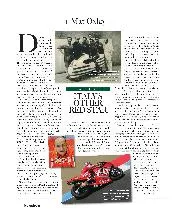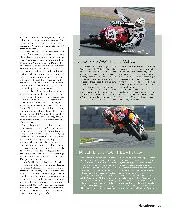

Mat Oxley – MotoGP
Italy’s other red star Ducati is a remarkable company. It builds just 40,000 bikes each year and yet it can humble the combined might of the Japanese industry in motorcycling’s…
Gliders and Sail-Planes
ONE of the most striking features of aviation in Germany during recent years has been the advance made in m.otorless flight. Revived and
fostered by a group of sportsmen, comprising ex-members of the German Air Service and university students, the movement has now developed to such an extent that it has become a national pastime and a new branch to the aircraft industry is springing up in the construction of gliders and “sail-planes.”
The Germans draw a sharp distinction between these two types of craft : the former being the simple preliminary training machine with which only brief “coasts” a few feet above the ground are possible. The sailplane, on the other hand, is the advanced type capable of remaining in the air for long periods.
One of the latest of these soaring craft is the Kegel K.F.K.3, which is illustrated below. As will be seen, it is a two-seater of the high-wing monoplane type, the span being about 53 feet. The wing is not of the cantilever type which is generally found on these machines, but strut-braced. All the controlling surfaces are of ample area and the covering throughout is of veneer. The fuselage is of semi-monocoque construction. The landing gear, following standard practice, consists of a broad-surfaced, shock-absorbing skid. Reports state that the K.F.K.3 handles exceptionally well, its gliding angle even with passenger being particularly good.